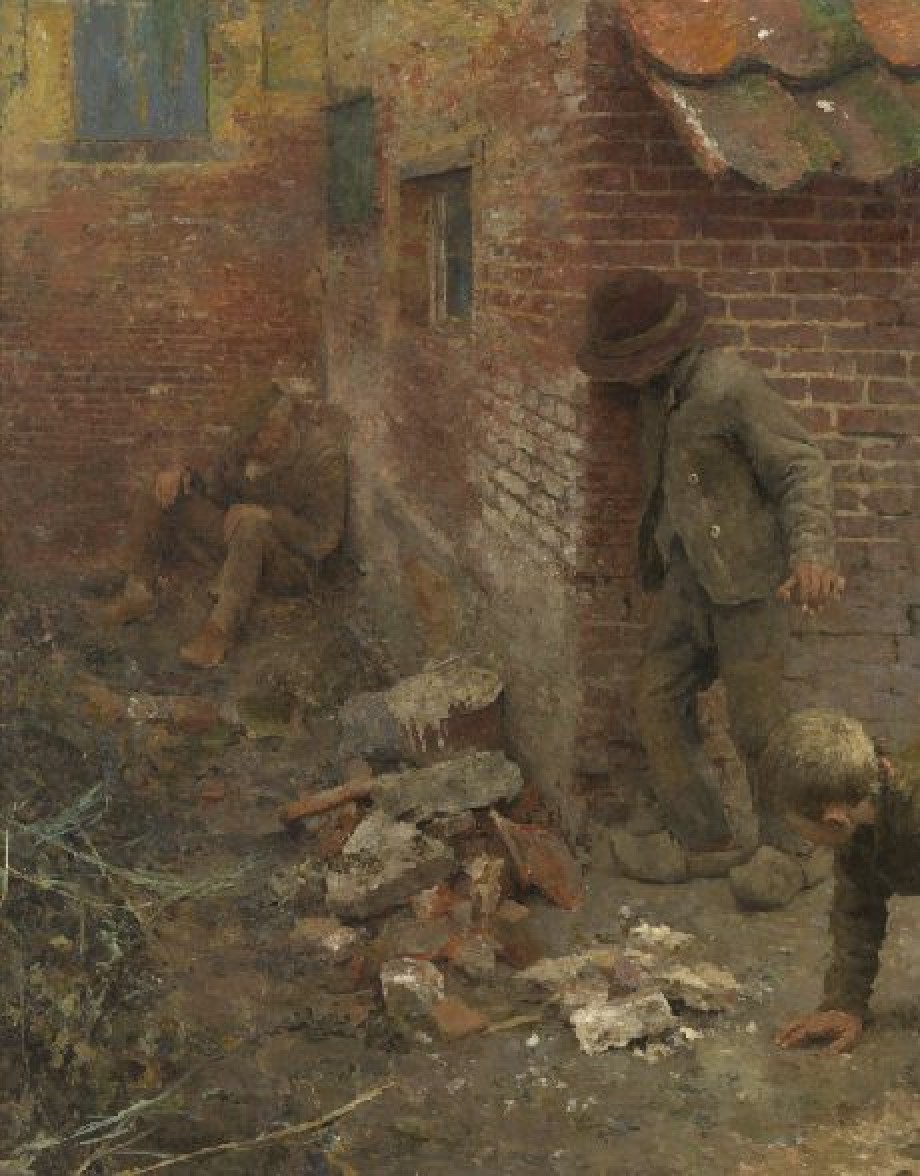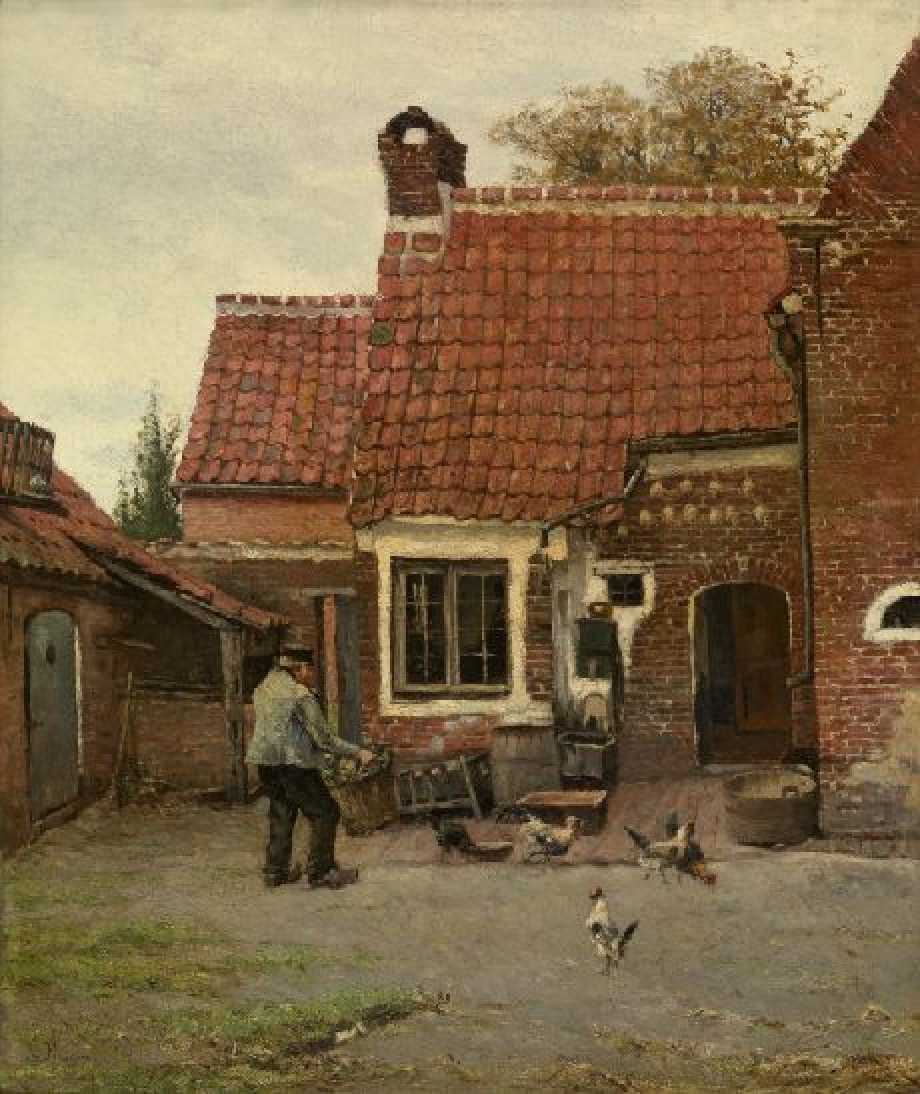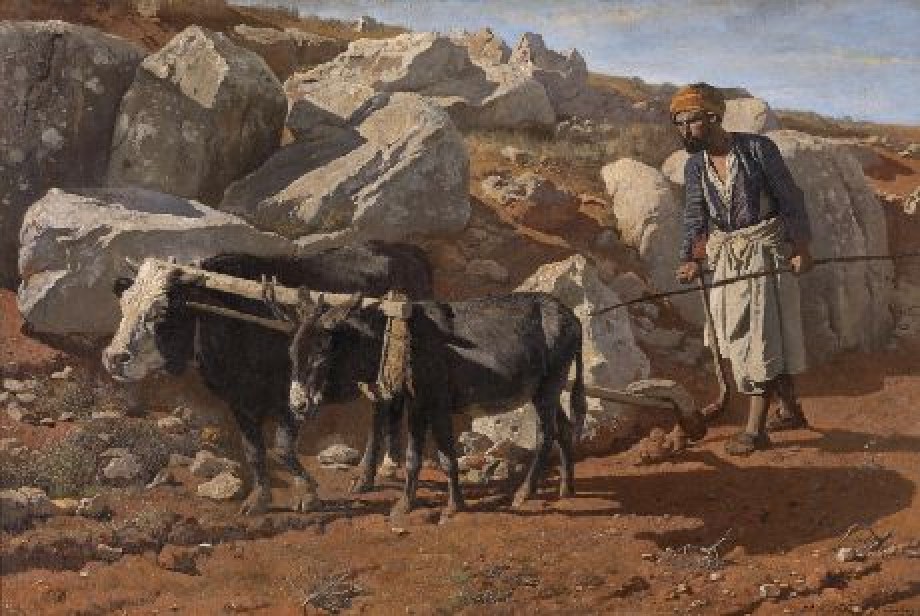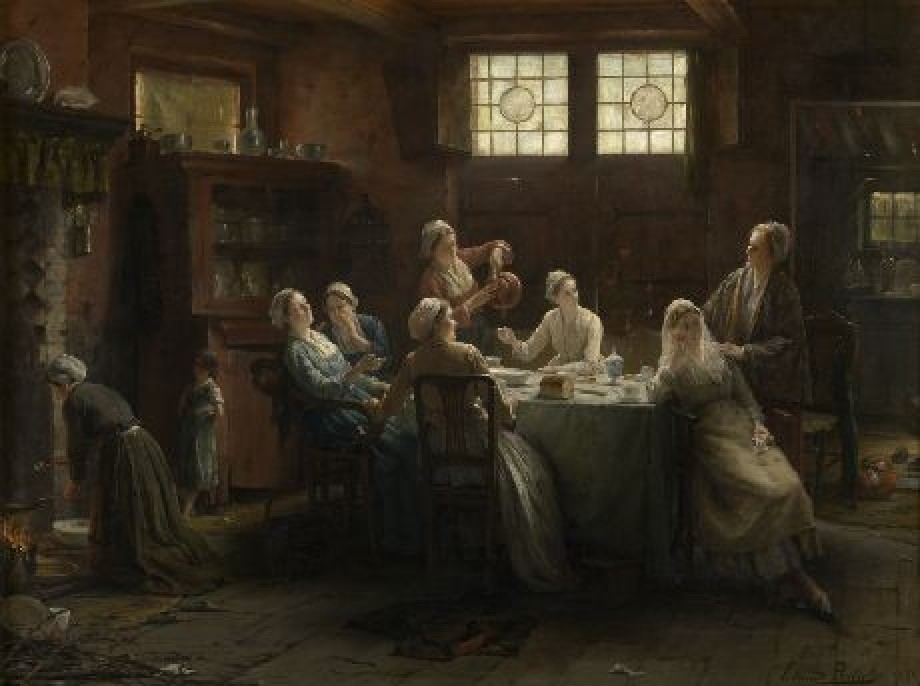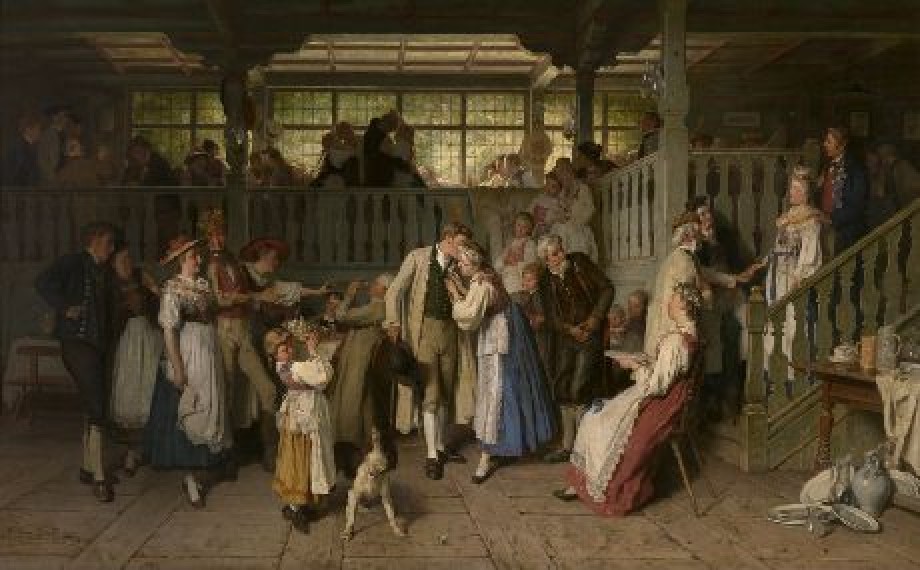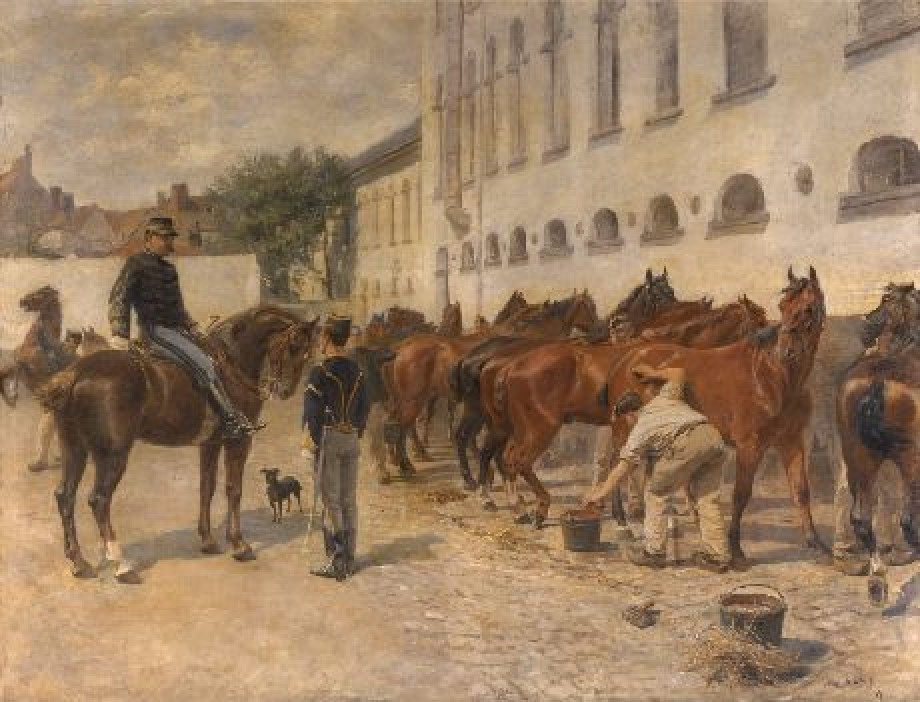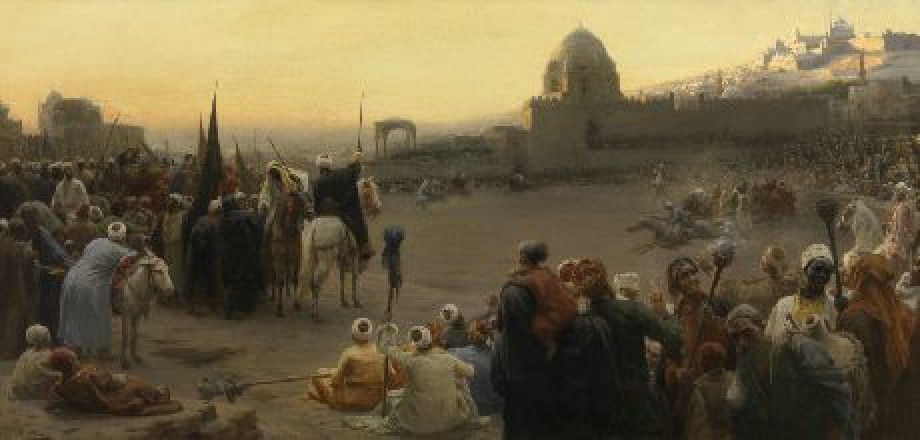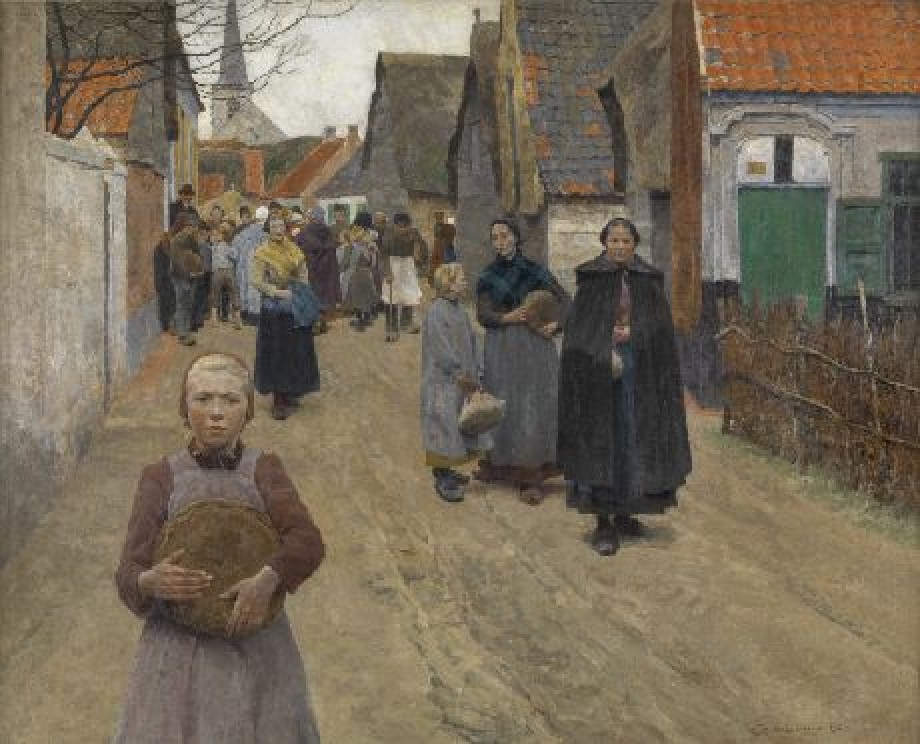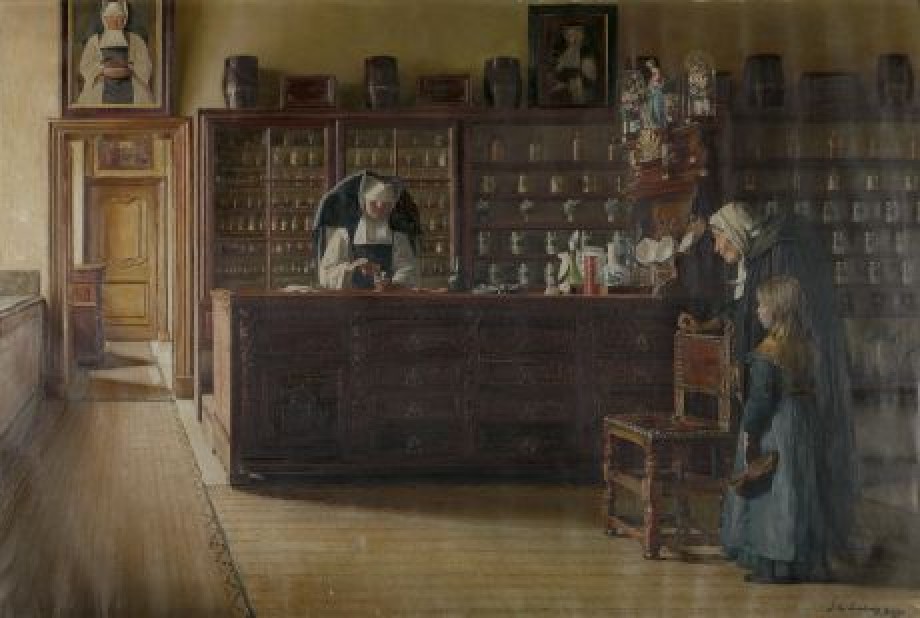Wrestling Barrack at a Fair

Artist / maker
Henri Evenepoel (painter)Date
1898Period
19th centuryCollection
Royal Museum of Fine Arts Antwerp
Wrestlers with red The Brussels painter Henri Evenepoel moved to Paris in 1892. Permanently, as it would turn out, as he died there seven years later, aged just twentyseven. During his time in the French capital, he depicted both the fashionable life of the bourgeoisie and the tougher existence of the working class: unfiltered or ‘pris sur le vif’ [on…
Read more
Wrestlers with red
The Brussels painter Henri Evenepoel moved to Paris in 1892. Permanently, as it would turn out, as he died there seven years later, aged just twentyseven. During his time in the French capital, he depicted both the fashionable life of the bourgeoisie and the tougher existence of the working class: unfiltered or ‘pris sur le vif’ [on the spot], as he put it.
Wrestling Barrack at a Fair shows a typical spectacle at a French fairground. A couple of toughs, viewed slightly from above, prepare for their bout. It is a moment of tense anticipation: one of the wrestlers is stripping off his top while the other is fiddling with his boots. Note the two diagonal perspective lines, cut off abruptly by the fairground stall laid down in rough rectangles and by the layer of greyishwhite paint that obscures our view of the background.
The scene as a whole is anchored by the expanse of intense red that hangs over the stall like a length of cloth, helping to structure the composition. This creamy red – an Evenepoel trademark – is echoed in the clothes of the wrestler seated on the ground and, toned down, in those of a spectator.
His subject matter and painting style made Evenepoel a ‘painter of modern life’, similar to his French counterparts Henri de Toulouse-Lautrec, Jules Cheret, Edouard Manet and Edgar Degas, with whom he felt a particular affinity. He also impressed the great Henri Matisse, Evenepoel’s fellow student at the studio of the Symbolist Gustave Moreau. Long after the Belgian’s untimely death, Matisse recalled his ‘extraordinary colourist talent’.
Read less
